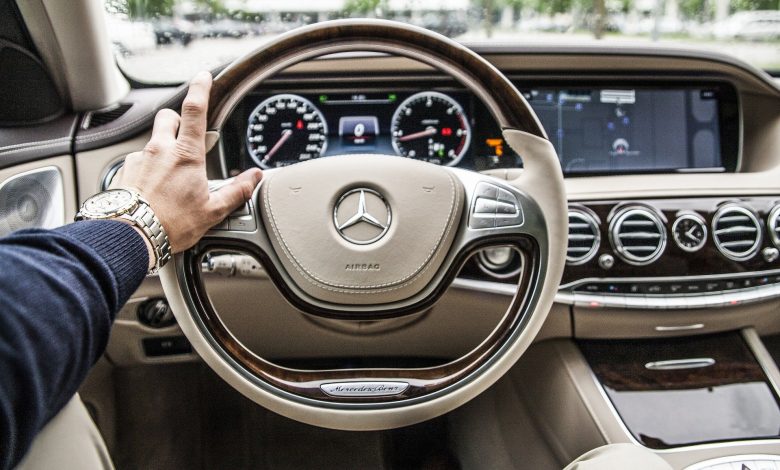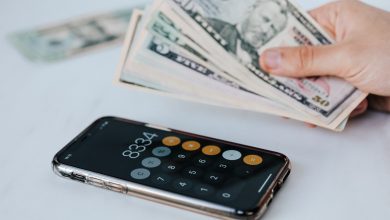
Buying a car is one of those activities that can become a daunting task because you do it so infrequently. At least when you buy a house, you either have a real estate agent guiding you, or you are dealing with a seller that you can relate to. When you buy a car, though, not only do you not have a guide by your side, you are not on an even playing field when it comes to the dealer and the salesperson.
Knowing as much as you can before putting a down payment on a car is essential to getting the best deal. Once you have done all your research on the manufacturer, the dealer’s invoice price for the car you’re looking at, and have a good idea of what your old car is worth, it’s time to figure out how much money to put down.
How Much to Put Down on a Car?
You should be aiming to put at least 20% down on your car when you buy it. The reason for at least 20% is that it gives you the most favorable loan rates, while also keep your monthly payments lower. If you can’t get up to 20%, try to get as close as you can.
Putting 20% down on your car may seem like a lot. People buy cars for a lot less money down all the time. As of 2019, the average amount of money car buyers were putting down was just 11.7%. But just because “everybody’s doing it” doesn’t make it right.
Putting a healthy down payment on a car will deliver three big bonuses:
- Lower monthly payment
- Lower interest rates
- An initial offset of depreciation

Lower Monthly Car Payment
More money down means you owe less on the car, which reduces the amount you have to pay each month before owning your car outright.
Lower Interest Rates
A large down payment shows the lender that you have both the resources to continue making your monthly payments and a commitment to the purchase. With these factors reducing the lender’s risk, they can offer you a lower interest rate. Making a significant down payment also helps you qualify for a loan if your credit is less than stellar.
Offset Initial Depreciation
Now, let’s go over offsetting initial depreciation. Each year, a new car depreciates by 30.5% on average the first year you own it. The second and third years see the car depreciate by about 7% each year on average.
The point is that if you put a small amount down on your car, you will quickly have a significant amount of negative equity, as you will owe more on your car than it’s worth. Even at 20%, if your car depreciates by 30% in the first year, you may end up owing more than it’s worth in spite of 12 monthly payments giving you increased equity.

Buy What You Can Afford
Just because it’s smarter to put more down on a car than less, don’t do so at the expense of other important savings. For instance, it would not be wise to empty your emergency fund in order to put more down on a car. Using the bucket method of saving, ideally, you will have a “bucket” of savings specifically for a down payment on a car.
Zero Money Down
If you need to get into a vehicle immediately and have excellent credit, you can likely qualify to buy a car with zero money down. While this is not the suggested way to buy a car, it could be an option for you if you are looking to put down the absolute least amount of money.
Down Payment Secrets
Borrow from Yourself
You may have a retirement account that lets you pull out money without penalty. An example of this would be a Roth IRA. With a traditional IRA, you typically have to pay a penalty of around 10% if you take an early withdrawal. If you have a 401(k) but no longer work for the company, consider rolling it over into a Roth IRA to allow for a penalty-free withdrawal.
Family Gifts
“Gifts” are a tax-free way for people to send loved ones significant amounts of money. The gift amount before accruing a tax penalty changes each year, and most recently, it was $15,000 in 2019. There is nothing better than free money. And while asking your parents or grandparents for money might make you feel uncomfortable, you never know when they might say yes.

The More Money Down, The Better
The biggest takeaway here should be that whenever you are buying a car, the more money you can put down, the better. A larger down payment makes you more likely to qualify for a loan, gives you lower interest rates, and gives you a lower monthly payment. Just as important is the offsetting of your car’s initial depreciation. No one wants to be underwater and a significant purchase as soon as they buy it.
By putting more money down, you will feel more of a sense of ownership, which will likely lead to you taking better care of the car. Ultimately, the better you take care of your car, the more you can eventually sell it for. But remember, do not sacrifice all of your savings or your emergency fund in order to put more money down on a vehicle. If you can borrow money from yourself by taking money out of a retirement account, your current happiness will more than offset your future self’s scorn.
Putting more money down always pays off in the long run. But don’t stress if you can’t afford 20%. Luxury vehicles depreciate quicker than others, so if you can only put 10% or lower down on a car, find a reliable vehicle with a strong history of resale value.
Bottom Line
Target a down payment of 20%, but only pay what you can afford. If you can’t afford 20%, try to get above the national average of 11.7%. If you’re looking for ways to save money, check out these seven tips for drastically reducing your expenses.



